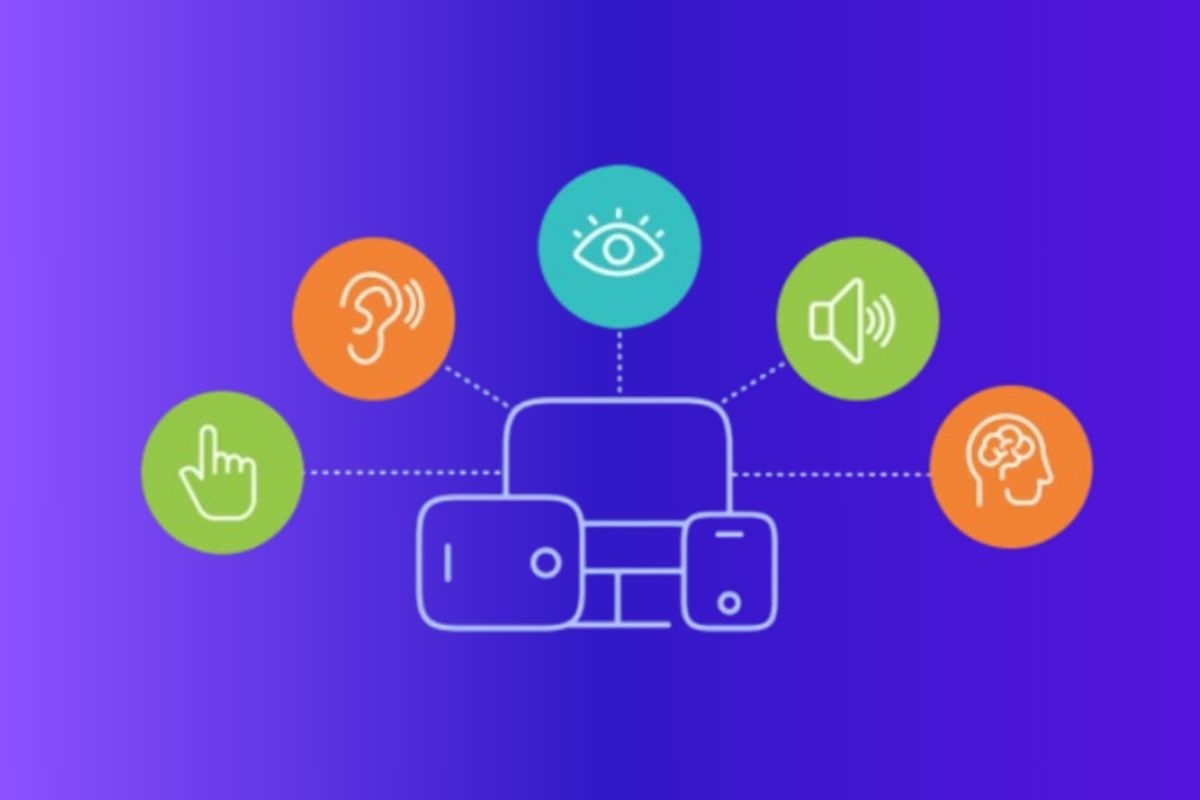Creating accessible software and websites is important for building an inclusive online environment. Accessibility means making systems usable by everyone — including people with disabilities — through features like keyboard navigation and screen reader support.
Accessibility testing Chrome is important to find and fix problems that might stop people with disabilities from using a site. Tools like Google Lighthouse, built into Chrome, help ensure websites work well for all users.
What Is Accessibility Testing?
Accessibility testing is checking that every user, including those with disabilities, can use a website easily.
It is part of usability testing and ensures websites meet the needs of all users. Testers use the Web Content Accessibility Guidelines (WCAG) set by the World Wide Web Consortium (W3C).
WCAG has four main principles:
-
Perceivable — Users must be able to perceive the content.
-
Operable — Users must be able to navigate the site easily.
-
Understandable — Content must be easy to understand.
-
Robust — Content must work across different devices and technologies.
These principles are supported by thirteen guidelines and seventy-eight criteria grouped into three levels of compliance:
-
A — Basic level
-
AA — Moderate level
-
AAA — Strict level
Why Is Accessibility Testing Important?
Accessibility testing ensures online content works for everyone, including those with disabilities. Benefits include:
-
Better User Experience — Everyone can use the site without barriers.
-
Legal Compliance — Many regions require accessibility by law.
-
Wider Reach — Accessible sites reach more users, including people with disabilities.
-
Social Responsibility — Shows commitment to equality and inclusivity.
Key Areas in Web Accessibility Testing
Web accessibility testing focuses on making websites and apps easy for people with disabilities to use. This includes:
-
Color Contrast — Ensure text and background colors have enough contrast.
-
Closed Captions for Videos — Helps deaf or hearing-impaired users.
-
Simple Language — Use clear and simple English for readability.
-
Keyboard Navigation — Make sure users can navigate without a mouse.
These features improve usability and inclusivity for everyone.
Accessibility Testing Tools
Several tools help test and improve accessibility:
LambdaTest Accessibility DevTools
LambdaTest offers AI-powered accessibility testing across 3000+ browsers and OS combinations. It allows both manual and automated tests to check accessibility standards and report issues.
LambdaTest with Selenium ChromeDriver
LambdaTest works with Selenium ChromeDriver to run automated accessibility tests in Chrome. This helps developers simulate real user actions and check features like keyboard navigation and screen reader support.
Google Lighthouse
Google Lighthouse is an open-source tool for testing websites. It audits performance, SEO, best practices, and accessibility.
Steps to use Lighthouse in Chrome:
-
Open Chrome and go to the site you want to test.
-
Press
Ctrl+Shift+I(Windows) orCmd+Option+I(Mac) to open Developer Tools. -
Click the Lighthouse tab.
-
Select “Accessibility” and click Generate report.
-
Review the report and follow recommendations.
-
Retest after making changes.
Best Practices for Accessibility
To make websites more accessible:
-
Use semantic HTML for clear structure.
-
Ensure keyboard accessibility for all elements.
-
Add alt text for images.
-
Maintain good color contrast.
-
Use ARIA landmarks and roles for better navigation.
Conclusion
Accessibility testing is essential for building websites and apps that everyone can use. Tools like Google Lighthouse and LambdaTest help developers find and fix accessibility issues. Following best practices improves user experience and promotes inclusion.
LambdaTest offers a strong platform for accessibility testing with automated tests and wide device coverage. It ensures sites meet WCAG standards and deliver an inclusive experience for all users.
By choosing LambdaTest, developers can build accessible websites that leave no user behind and support a more equal digital world.


